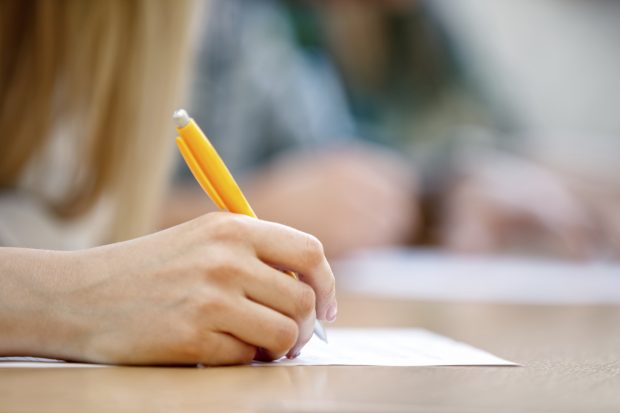
Today’s Education in the media blog focuses on performance statistics for pupils undertaking GCSE and A levels and university entrance statistics.
Key Stage 4 & 5 statistics
Today, Thursday 25th January, the department released performance statistics for Key Stages 4 & 5 – GCSE and A levels. For the first time, this year at Key Stage 5 we have broken down measures by characteristics including disadvantage and have included the disadvantage gap index.
The statistics show that education standards continue to rise at GCSE and A level, with the disadvantage index gap showing the gap in attainment between disadvantaged pupils and their peers narrowing by 3.2 per cent between 2016 and 2017. This means that the gap has narrowed by 10 per cent overall since 2011.
The data also shows that GCSE pass rates at 16-18 have increased in English and total entries to English and maths GCSEs by 16-18 students increased by over 26 and 13 percentage points respectively.
On top of this, there are more pupils from disadvantaged backgrounds, Special Educational Needs (SEN) pupils and pupils on free school meals being entered for EBacc subjects since last year – helping ensure pupils have the knowledge and skills they need for future success.
The data builds on the government’s record of 1.9 million more children now in good or outstanding schools than in 2010, nine out of ten schools being good or outstanding at their last inspection, and England’s pupils now amongst the world’s best readers.
School Standards Minister Nick Gibb said:
Academic standards are rising in our schools thanks to our reforms and the hard work of teachers, with 1.9million more children in good or outstanding schools than in 2010. Today’s results reinforce this success, with teachers and pupils responding well to the new more rigorous curriculum introduced by this government.
The attainment gap between the most disadvantaged pupils and their peers has narrowed by 10 per cent since 2011, and more disadvantaged pupils are studying the core academic subjects, ensuring they have the knowledge and skills they need to make the most of their lives.
Many free schools and academies are also delivering excellent results for pupils – with Harris and Dixons Academy trusts leading the way.
We will continue to use this evidence to drive up standards even further for all pupils so that they leave school prepared for future success in their education and beyond, helping to build a Britain that is fit for the future.
University entrance statistics
Today, 25 January, UCAS – the university and college admissions body – published data on application and entry rates to higher education in the academic year 2017/18.
The findings show that the University of Oxford offered more undergraduate places to British women than men for the first time in this academic year. This was reported by The Times and The i. The data also showed an improvement among the more selective universities in recruiting students from disadvantaged backgrounds.
The Office for Fair Access (OFFA), the independent public body that regulates and promotes fair access to higher education, welcomed the figures but said that more still needs to be done to improve access and participation among all groups.
Professor Les Ebdon, Director of Fair Access to Higher Education, said:
Today’s figures are a positive sign that further progress has been made in widening access to higher education in England, and that the work of universities and colleges is paying off.
While encouraging, the detail of the figures show that there are still stark gaps between different groups and at individual universities and colleges. The reasons behind these disparities are multiple and complex, and the challenge now for universities and colleges – as well as the new Office for Students – is to bring about a transformational step change in fair access. Incremental change is not enough for those students who are missing out.
To see performance tables for Key Stage 4 here, and Key Stage 5 here.